In the animal kingdom, the strategies for raising young are as diverse as the species themselves. From the nurturing instincts of elephants to the seemingly indifferent behavior of sea turtles, parental care is an intriguing subject that showcases the adaptability and survival mechanisms of different species. This article explores the various parental behaviors found across the animal kingdom, providing insights into how various creatures ensure the survival of their offspring.
Maternal Care: The Most Common Form of Parental Investment

Maternal care is the most prevalent form of parental behavior in the animal kingdom. In species ranging from mammals to birds, it is typically the mother who invests significant time and energy into nurturing her young. This includes feeding, protecting, and teaching them essential survival skills. For instance, in mammalian species like lions and bears, mothers are solely responsible for raising their young until they can fend for themselves.
Paternal Care: A Unique Approach
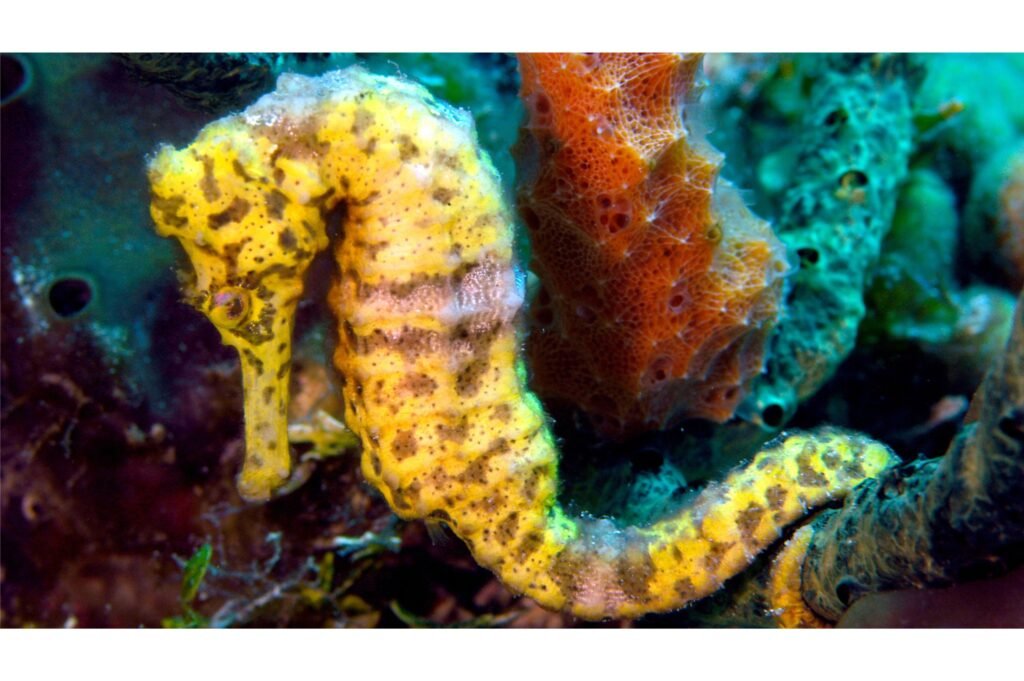
While less common than maternal care, paternal care is a remarkable adaptation seen in several species. In certain fish, amphibians, and birds, fathers play a critical role in the upbringing of their offspring. Male seahorses are famous for carrying eggs in a specialized pouch until they hatch, while male emus in the bird world incubate eggs and care for chicks.
Co-Parenting: Shared Responsibilities

In some bird species, co-parenting is a successful strategy where both parents share responsibilities. For example, avian species such as puffins and albatrosses exhibit strong pair bonds and work together to breed, feed, and protect their offspring. This division of labor ensures that both parents can contribute to the survival and growth of their young.
No Parental Care: A Strategy of Numbers
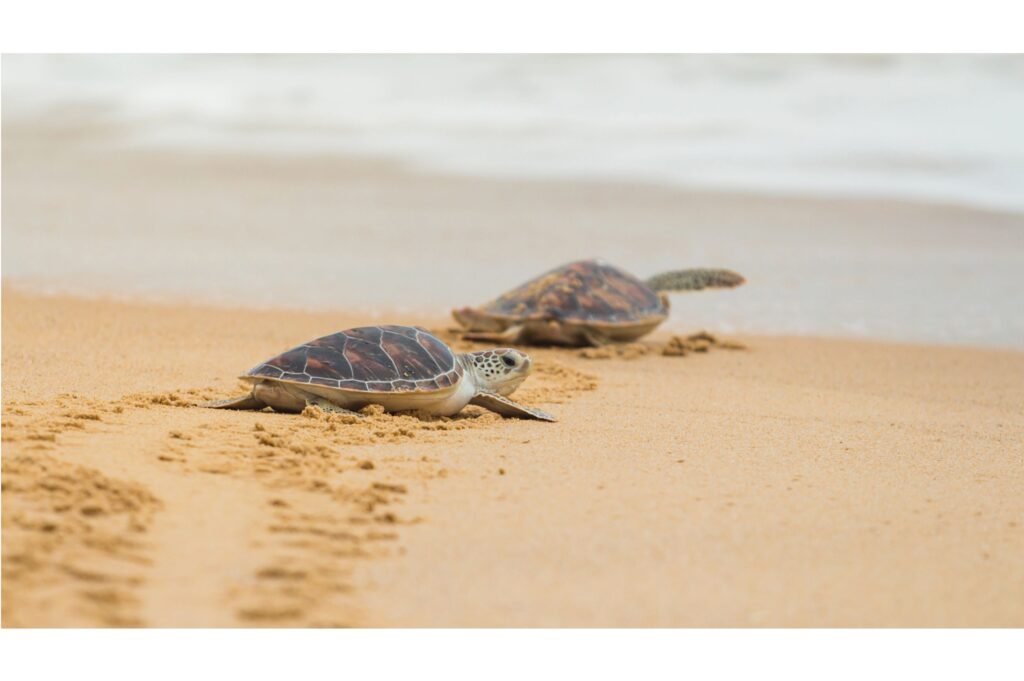
For some species, the best strategy to ensure the survival of offspring is to produce large numbers of them and provide no care afterward. Sea turtles are a classic example—after laying their eggs on sandy beaches, the mother leaves them to hatch and fend for themselves. Although many of these hatchlings fall prey to predators, the sheer number increases the odds that some will survive to adulthood.
Extended Family Care: Raising the Young in Groups
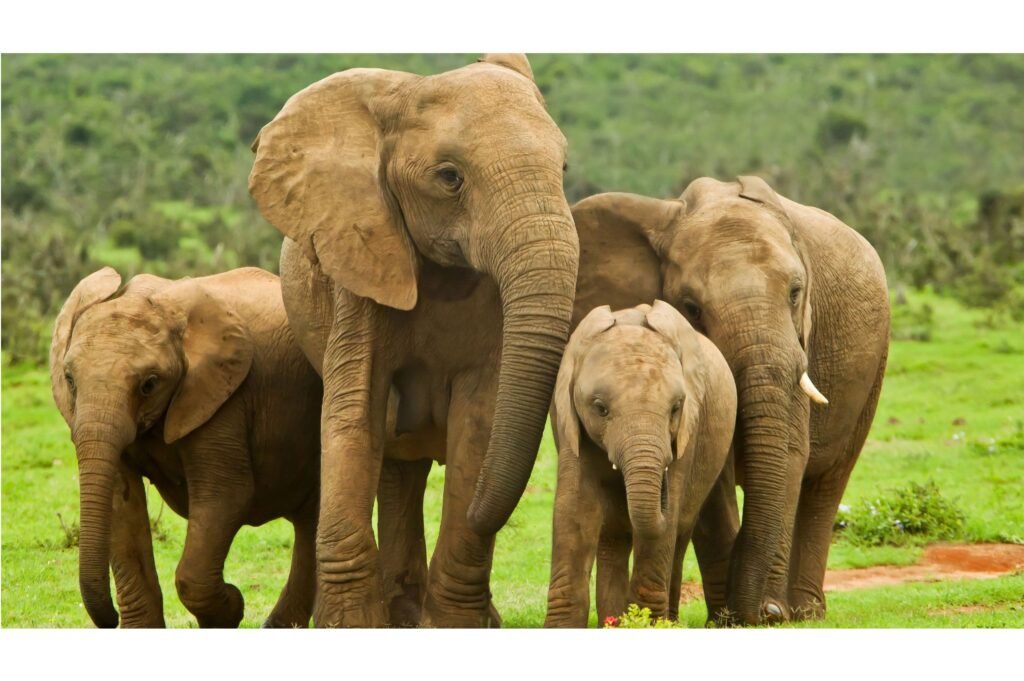
In species like elephants and wolves, raising young is a family affair. Elephants live in matriarchal herds where all females help care for calves, while wolf packs provide communal care for pups, with adults taking turns hunting and babysitting. This extended family approach provides safety and stability for the young.
Brood Parasitism: Outsourcing Parenting
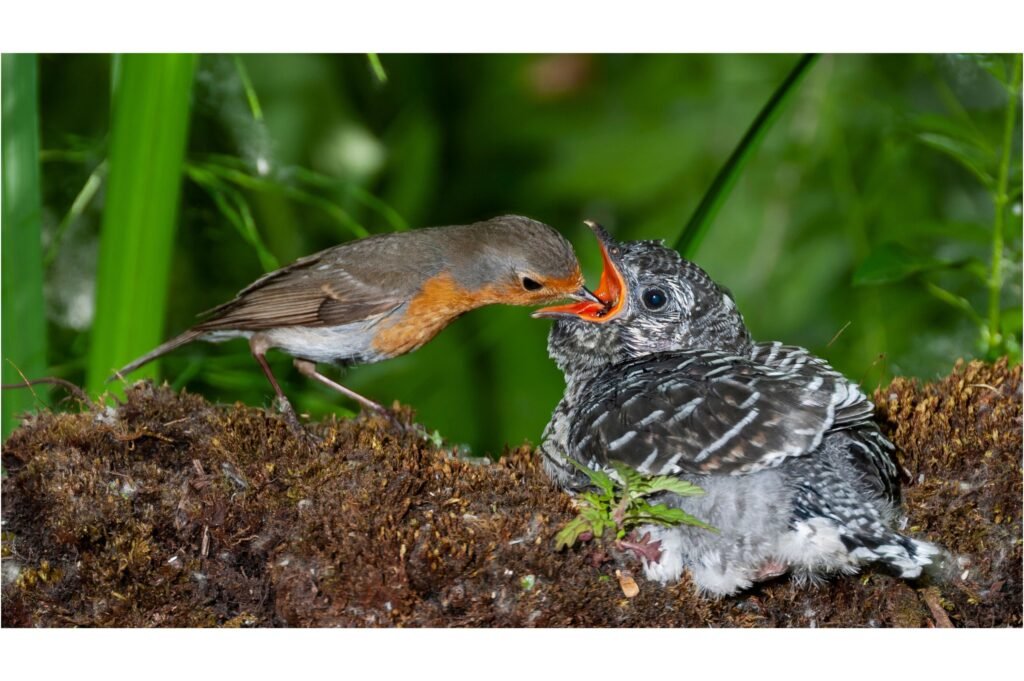
Some birds, like cuckoos and cowbirds, practice brood parasitism, where they lay their eggs in the nests of other species, effectively outsourcing the parenting duties. The unsuspecting host birds raise the parasitic birds’ chicks along with their own, often at the expense of their biological offspring’s survival.
Unusual Parental Practices: The Role of Male Pregnancy
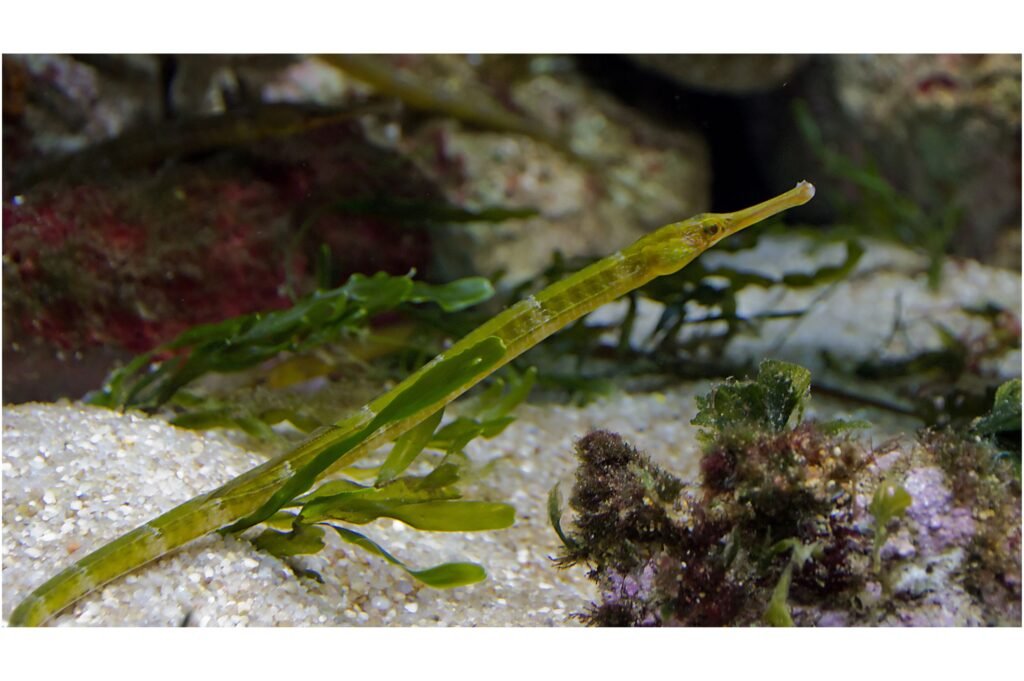
Male pregnancy, though rare, is an extraordinary biological phenomenon seen in species like seahorses and pipefish. In these species, males possess a brood pouch where females deposit their eggs, and the males fertilize and carry them until they hatch. This unique adaptation showcases the diverse range of parenting roles found within the animal kingdom.
Nurturing Through Adoption

Adoption, an unusual but fascinating aspect of animal behavior, has been observed in several species. Some animals, like certain whale species and primates, have been seen caring for orphaned young, demonstrating empathy and complex social behaviors that transcend the basic instincts of species survival.
Education and Skill Transmission
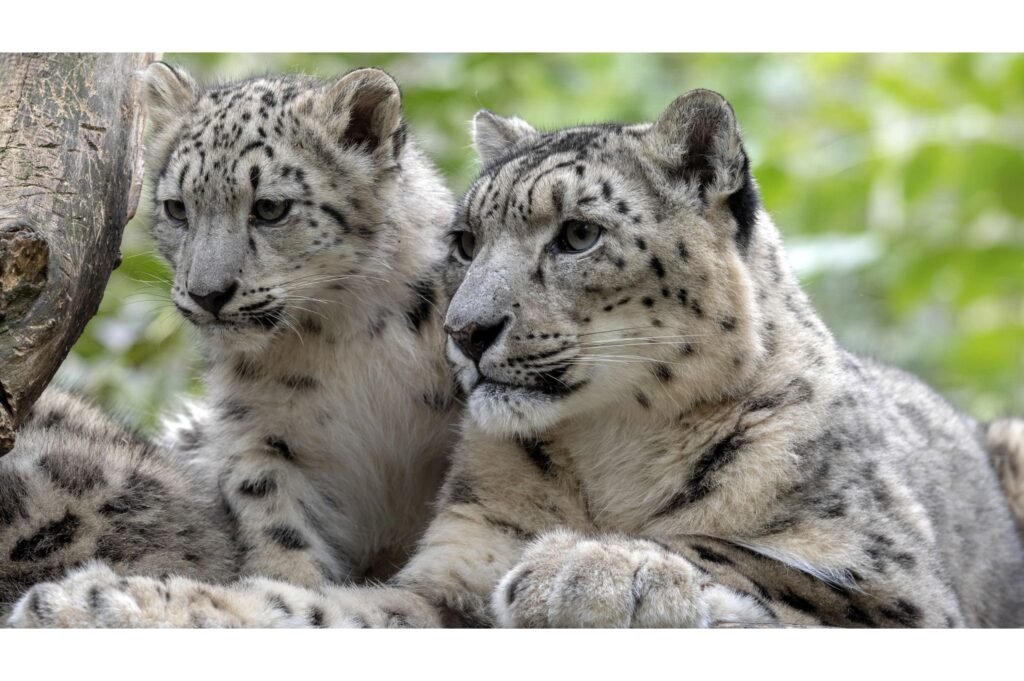
Education is another crucial element of parental care in the animal kingdom. Many species teach their young vital survival skills, from hunting to avoiding predators. Killer whales, for example, pass down intricate hunting techniques and knowledge of migration routes, ensuring the continuity of learned behavior over generations.
Conclusion: The Fascinating World of Animal Parenting
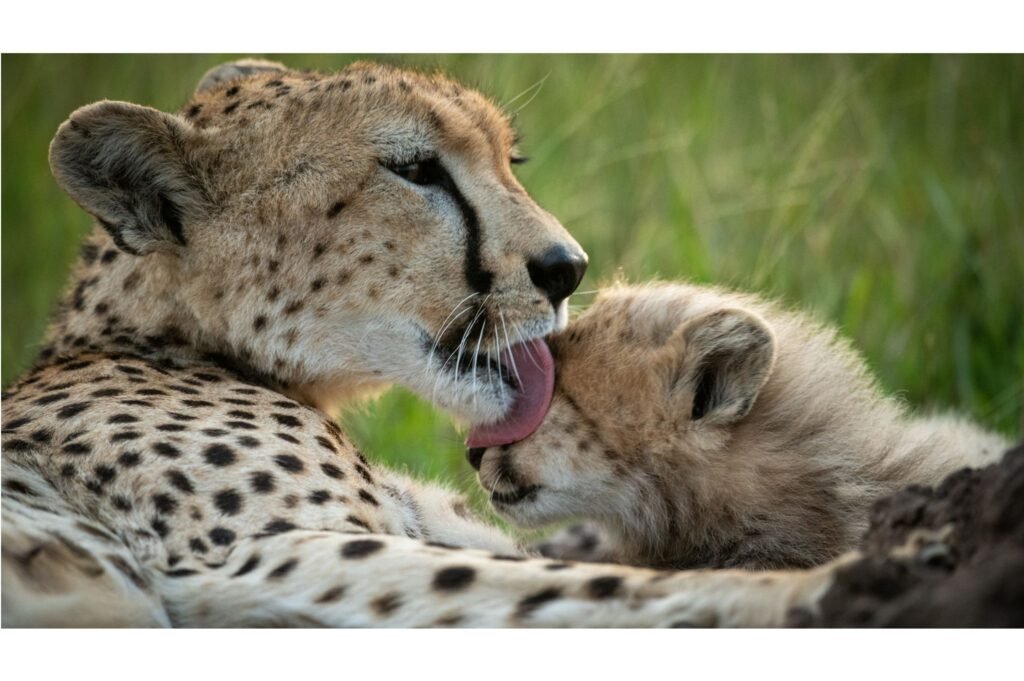
The array of parental behaviors in the animal kingdom is a testament to the adaptability and creativity of life on Earth. Each strategy, whether it involves intensive care, shared responsibilities, or even no care at all, provides a unique glimpse into how nature ensures the continuity of species. By exploring these diverse parenting methods, we gain a deeper understanding of the intricate balance and adaptability within the natural world.

Jan loves Wildlife and Animals and is one of the founders of Animals Around The Globe. He holds an MSc in Finance & Economics and is a passionate PADI Open Water Diver. His favorite animals are Mountain Gorillas, Tigers, and Great White Sharks. He lived in South Africa, Germany, the USA, Ireland, Italy, China, and Australia. Before AATG, Jan worked for Google, Axel Springer, BMW and others.




